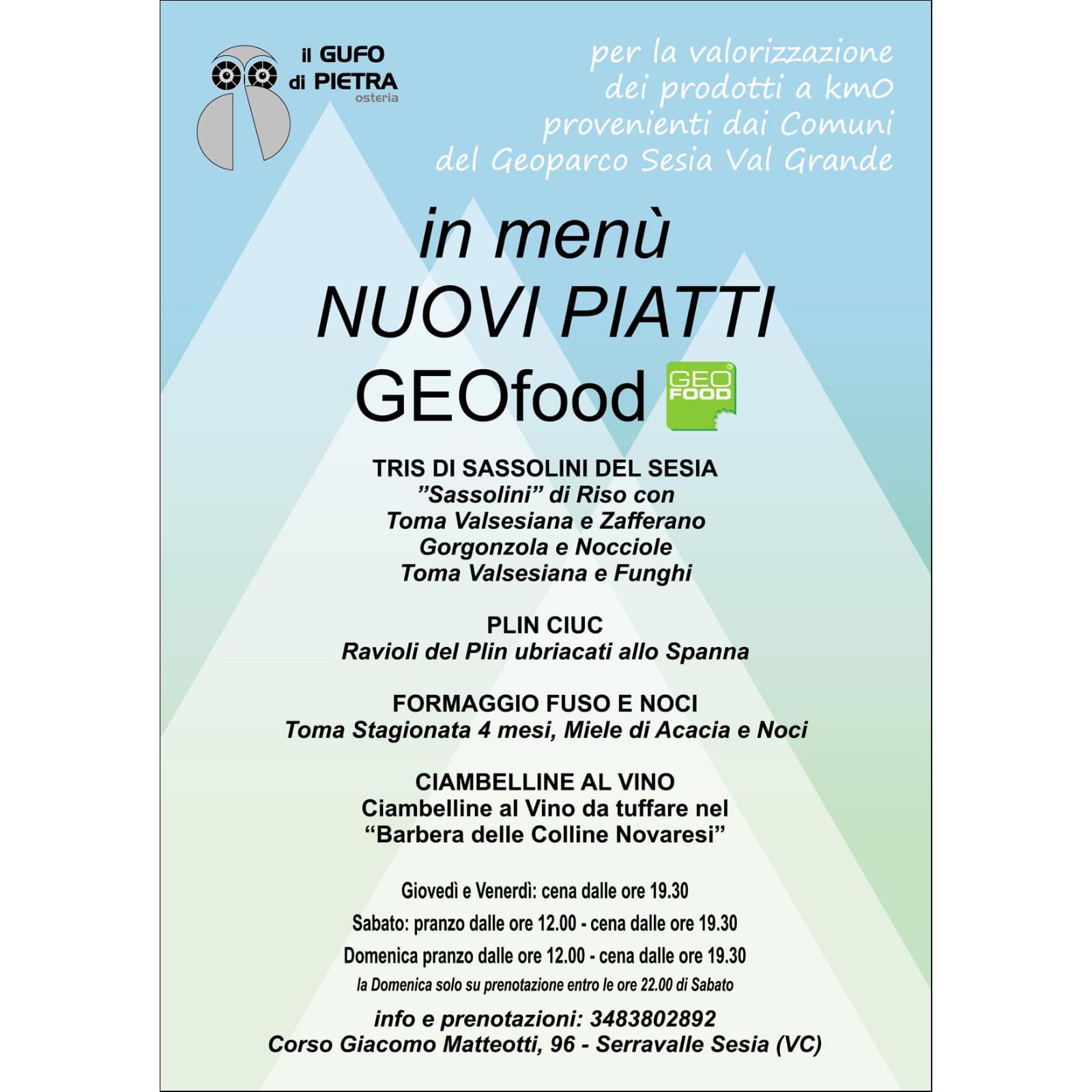The Sesia Val Grande UNESCO Global Geopark is located on the north-east of Piemonte Region, NW Italy, and encompasses areas of the Verbano Cusio Ossola (VCO), Biella, Novara and Vercelli Provinces.
The territory can be considered as the world’s most accessible reference section of continental crust, consisting of a diverse association of rocks from the deep, middle and upper crust that provide an unprecedented model. These rocks were exposed at the surface of the earth by the collision between the continents of Africa and Europe, which has progressed over the past 100 million years, driving the Alpine orogeny. Along the Alps, the boundary between the two continents is the Insubric line. In the same area, the Supervolcano of the Sesia erupted approximately 280 million years ago forming a huge caldera, the remains of this and its magmatic plumbing system are clearly visible today.
The Sesia Val Grande UNESCO Global Geopark is located on the north-east of Piemonte Region, NW Italy, and encompasses areas of the Verbano Cusio Ossola (VCO), Biella, Novara and Vercelli Provinces. It includes the Val Grande National Park, two regional parks (Alta Valsesia and Monte Fenera), and the Special Nature Reserves of S. Monte of Varallo, Sanctuary of Ghiffa and Domodossola all three entitled as UNESCO World Heritage. The area is bordered to the west by Valle d’Aosta and the massif of Monte Rosa, to the north by the Ossola and Vigezzo valleys and the Swiss border, to the east and south by Lake Maggiore and the Po plain. This makes the Sesia-Val Grande UNESCO Global Geopark the highest and the steepest one in Europe. Within 60 km the territory ranges from the Gnifetti Peak at 4,554 m. asl to Lake Maggiore at the 190 m asl.
The territory can be considered as the world’s most accessible reference section of continental crust, consisting of a diverse association of rocks from the deep, middle and upper crust that provide an unprecedented model. These rocks were exposed at the surface of the earth by the collision between the continents of Africa and Europe, which has progressed over the past 100 million years, driving the Alpine orogeny. Along the Alps, the boundary between the two continents is the Insubric line. In the same area, the Supervolcano of the Sesia erupted approximately 280 million years ago forming a huge caldera, the remains of this and its magmatic plumbing system are clearly visible today. Extending from the Po Valley to the peaks of the Alps, the UNESCO Global Geopark offers the opportunity to observe the effects of climate change recorded by the Pleistocene geomorphology, by the recent retreat of glaciers, and patterns of human settlements dating from the Paleolithic.






